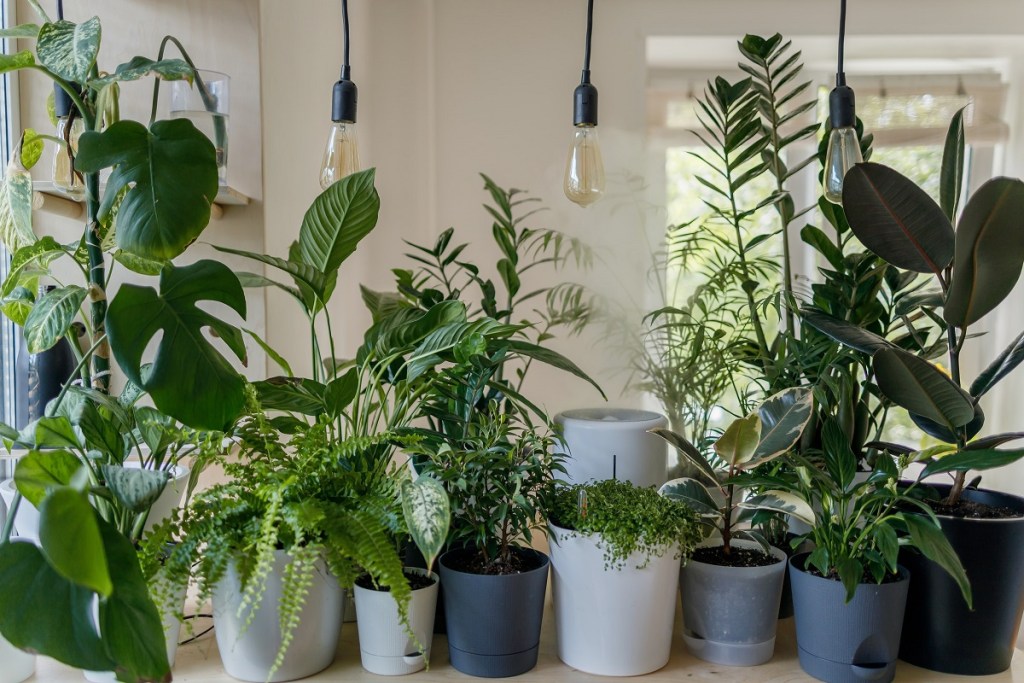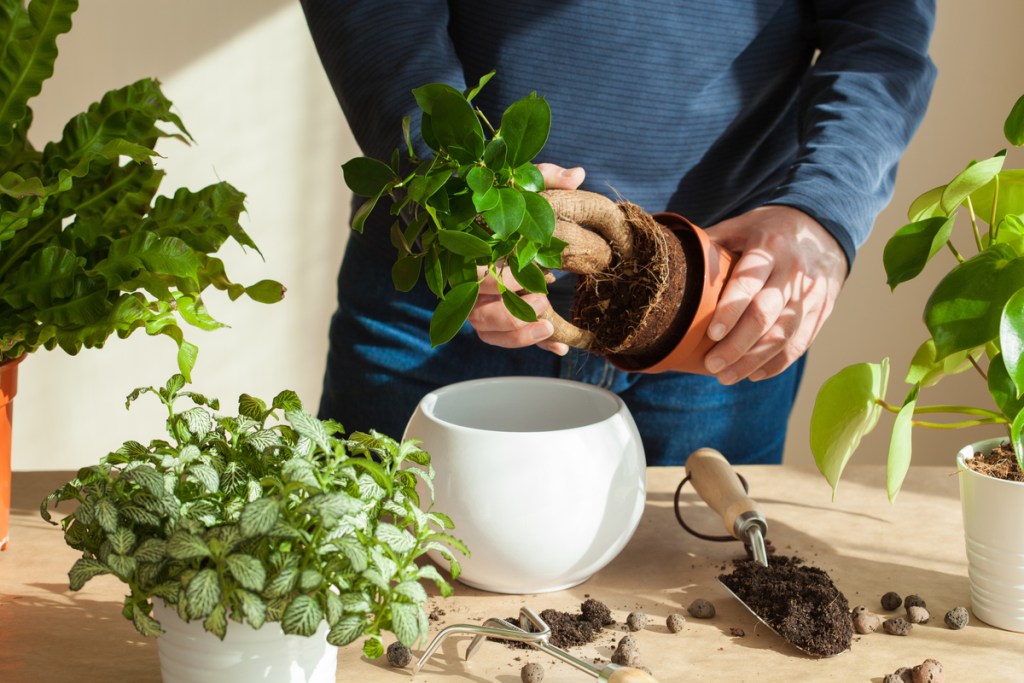When you’re a plant enthusiast, repotting your plants is an inevitable part of the plant growing process. If you’re dealing with indoor plants, they’ll appreciate more room as they flourish. With edible garden plants, you’ll often need to move seedlings into the ground or a more spacious container. And sometimes, you’ll need to repot your plants to combat issues such as root rot or pests. Moving plants from one place to another should be easy, right? This isn’t necessarily always the case. Before you know it, transplant shock can creep up on you a few days after you move your plant!
Let’s be clear: a yellow leaf here and a wilted stem there is no cause for concern, as these are just signs that your plant is acclimating to its new home. But an entire plant dying on you can be quite a hassle, not to mention disappointing! So how do you prevent transplant shock as you repot your plants? Here’s a helpful breakdown of measures to take to ensure your plant settles into its new planter without a hitch!

Start with a healthy plant
The process for transplanting your plant really starts at the nursery. You want to get healthy plants with strong root systems. A plant that is rootbound or has weak roots may be difficult to transplant into a different container down the line. Once you grab a plant from your local nursery, don’t rush to transplant it. Keep your plant in its nursery pot for a few weeks or months. You can even use its intended planter as a cachepot for a while to help it acclimate to its future home.
Transplant at the right time
Moving your plants in the middle of summer or winter will make them more vulnerable to stress due to the extreme temperatures! The ideal times for transplanting plants are early spring and autumn — this is why it’s a good idea to start seeds a couple weeks before the last frost and first frost. So, when is it time to repot? With indoor houseplants, you really don’t need to repot your plants more often than every year or two (unless you have pests or root rot). Signs that your plant will appreciate a more spacious pot include roots poking through the drainage hole or emerging from the soil, the potting mix drying out quickly, and the plant becoming top-heavy.
Picking the right planter
Ideally, you want to get a planter that’s roughly two inches wider in diameter than your current plant container. A small pot will leave your roots without space, but one that’s too big can be problematic, as well — the growing medium will absorb too much water and drown your roots. As you scope out potential planters, check if they have drainage holes, or otherwise use them as cachepots or drill holes into them yourself.

Be gentle when transplanting
It goes without saying, but definitely be gentle when you move your plants! The root system is literally the plant’s lifeline, providing it with water and nutrients. If you’re working with a plastic nursery pot, squeeze the sides to loosen the soil so that you don’t have to yank out your plant. You can also untangle the roots and remove some of the soil attached to give your plant more breathing room, but try to not disturb the root system too much.
While you want to be gentle with your plant, detangling compact root balls is a must, as this will allow the roots to properly uptake water and nutrients. If you have a rootbound plant, it’s absolutely fine to trim and prune the roots before you settle your plant into its new home. If a knife can’t help you unravel the root ball, tease the roots a little by misting them or soaking them in water. Allowing the roots to loosen up will help them establish a strong foundation in the plant’s new pot.
Water your plant after you transplant it
Watering your plant will help its roots settle into the new soil. Water the potting mix thoroughly, but don’t let your plant sit in water. If you’d like, you can also mix water with a specially formulated solution for giving transplants nutrients and preventing transplant shock. Because these solutions are essentially fertilizers, you should definitely dilute them with water.
Moving your plants will inevitably pose some risk, but there are active measures you can take to keep them from dying. Starting with a healthy plant is one of the most critical steps since a strong plant will have an easier time acclimating to a new growing medium. When you’re actually moving the plant, picking the right time, using a pot in the appropriate size, and being gentle with your plant, it will have an easier time easing into its new home. After adding water and perhaps a transplant solution, your plant should be set to thrive!
Editors' Recommendations
- Everything you need to know about choosing the best rocks for landscaping
- 6 tips you should keep in mind when building your own drought-tolerant garden
- Grow your indoor or outdoor garden and support these Black-owned plant shops for Black History Month
- Climate zone 3 plants that will thrive in cool temperatures
- Do you live in climate zone 10? Here’s our guide to choosing the perfect climate zone 10 plants




